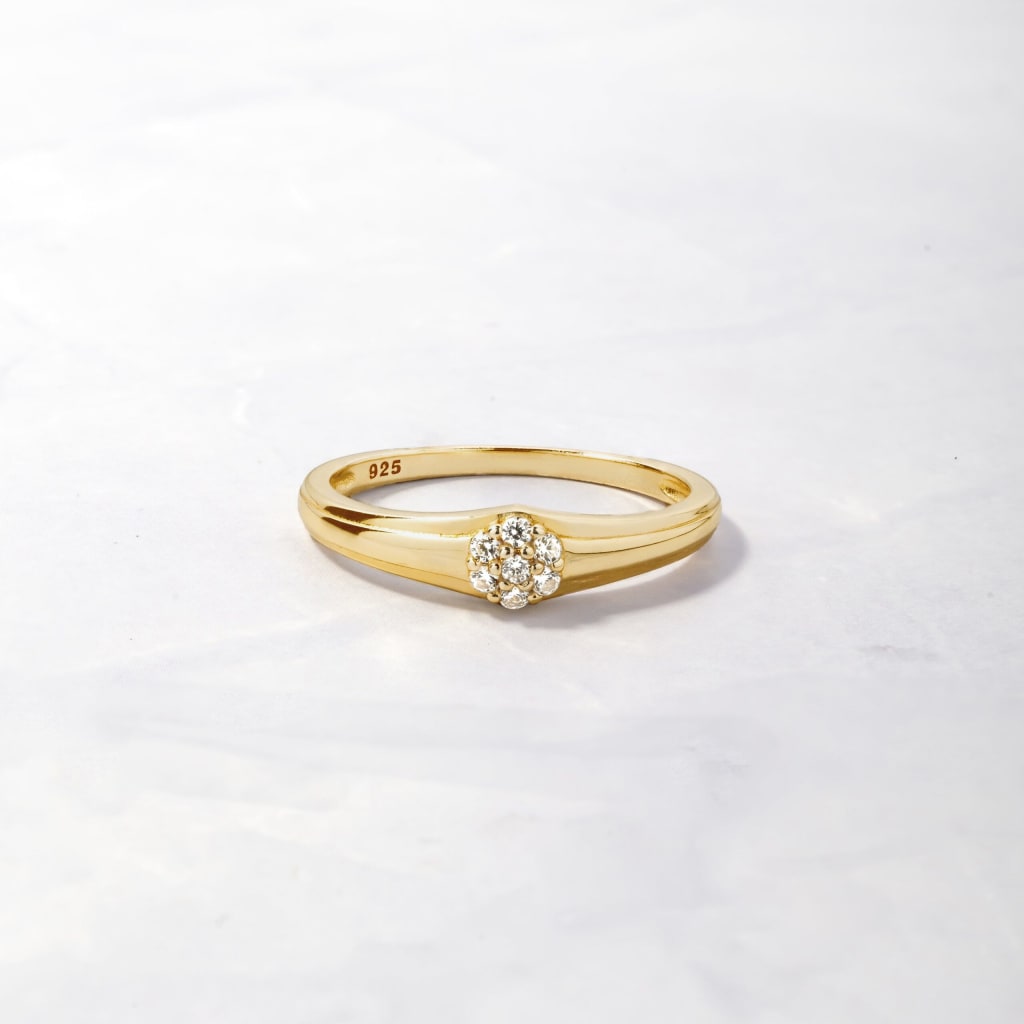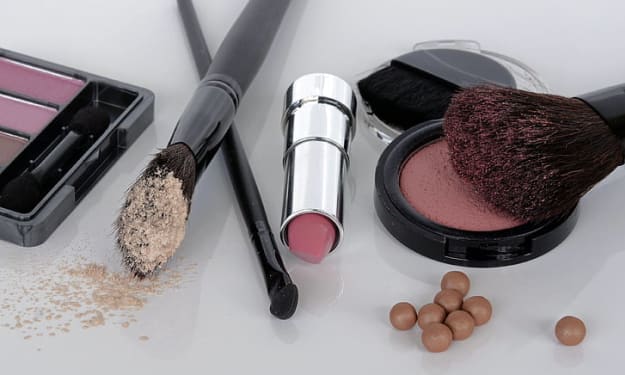925 Silver Jewelry: Traditional vs. Contemporary Designs
Here, we explore the differences between traditional and contemporary designs in 925 silver jewelry, highlighting their unique characteristics and the appeal they hold for different tastes and occasions.

925 silver, also known as sterling silver, is a timeless material that has been used in jewelry making for centuries. Its enduring appeal lies in its versatility, durability, and beauty. Over time, jewelry designs have evolved, reflecting changes in culture, fashion, and technology. Here, we explore the differences between traditional and contemporary designs in 925 silver jewelry, highlighting their unique characteristics and the appeal they hold for different tastes and occasions.
1. Characteristics of Traditional 925 Silver Jewelry
1.1. Design Elements
Ornate Detailing: Traditional silver jewelry often features intricate designs with elaborate detailing. This can include filigree work, engraving, and embossing that showcases the craftsmanship of the artisan.
Cultural Symbols: Many traditional designs incorporate cultural symbols and motifs. For example, Celtic knots, Indian paisleys, and Native American symbols are commonly found in traditional pieces.
Natural Themes: Traditional jewelry frequently draws inspiration from nature, with motifs such as flowers, leaves, and animals being prevalent.
1.2. Techniques and Craftsmanship
Handcrafted: Traditional silver jewelry is often handcrafted, with artisans employing time-honored techniques passed down through generations. This craftsmanship results in unique, one-of-a-kind pieces.
Stone Setting: Semi-precious and precious stones are often set in traditional silver jewelry, adding color and significance. Techniques such as bezel setting and prong setting are commonly used.
1.3. Types of Jewelry
Heirloom Pieces: Traditional silver jewelry often includes heirloom pieces, such as brooches, lockets, and rings, that are passed down through families.
Cultural Jewelry: Items like Indian anklets, Chinese hairpins, and African bangles are examples of traditional jewelry that hold cultural significance and are worn during ceremonies and festivals.
2. Characteristics of Contemporary 925 Silver Jewelry
2.1. Design Elements
Minimalist Aesthetic: Contemporary designs often favor a minimalist aesthetic, focusing on clean lines, simple shapes, and a sleek, modern look.
Abstract and Geometric Shapes: Modern silver jewelry frequently features abstract and geometric shapes, such as triangles, circles, and squares, providing a bold and edgy appearance.
Innovative Materials: Contemporary designers often incorporate non-traditional materials like resin, enamel, and alternative metals alongside silver to create unique and innovative pieces.
2.2. Techniques and Craftsmanship
Modern Manufacturing: While still valuing craftsmanship, contemporary jewelry often utilizes modern manufacturing techniques such as 3D printing and laser cutting, allowing for precise and intricate designs.
Mixed Media: Combining different materials and techniques is common in contemporary jewelry. This can include mixing silver with leather, wood, or even plastics for a distinctive look.
2.3. Types of Jewelry
Statement Pieces: Contemporary designs often include bold, statement pieces meant to stand out, such as oversized rings, chunky necklaces, and cuff bracelets.
Everyday Wear: Modern silver jewelry also caters to everyday wear, with simple and versatile pieces like delicate chains, small hoop earrings, and stackable rings that can be worn in various settings.
3. Comparing Traditional and Contemporary Designs
3.1. Aesthetic Appeal
Timeless vs. Trendy: Traditional designs have a timeless appeal, often rooted in cultural heritage and classic beauty. Contemporary designs, on the other hand, are more influenced by current trends and fashion movements, offering a fresh and modern look.
Ornate vs. Simple: Traditional jewelry tends to be more ornate and detailed, whereas contemporary jewelry leans towards simplicity and minimalism.
3.2. Versatility and Usage
Occasion-Based vs. Everyday: Traditional pieces are often reserved for special occasions, ceremonies, and formal events due to their elaborate designs and cultural significance. Contemporary pieces are typically designed for versatility and can be worn daily, from casual outings to professional settings.
Cultural Significance vs. Personal Expression: Traditional jewelry often holds cultural and symbolic meanings, making it significant for specific rituals and traditions. Contemporary jewelry focuses more on personal expression and individual style, reflecting the wearer's personality and preferences.
3.3. Craftsmanship and Production
Handcrafted vs. Technologically Advanced: Traditional jewelry is predominantly handcrafted, showcasing the artisan's skill and expertise. Contemporary jewelry benefits from technological advancements, allowing for innovative designs and precise manufacturing.
4. Bridging the Gap: Fusion Designs
4.1. Modern Interpretations of Traditional Designs
Reviving Classics: Many designers are creating modern interpretations of traditional designs, blending the ornate detailing of classic pieces with a contemporary minimalist aesthetic. This fusion creates unique jewelry that appeals to a broader audience.
Cultural Hybrids: Jewelry that combines elements from different cultures in a modern design is becoming increasingly popular. These pieces celebrate cultural diversity and global influences.
4.2. Sustainable and Ethical Practices
Ethical Sourcing: Both traditional and contemporary jewelry are increasingly embracing ethical sourcing practices, ensuring that the silver and other materials used are sustainably and responsibly sourced.
Recycled Silver: Using recycled silver is a growing trend in both traditional and contemporary jewelry, reflecting a commitment to environmental sustainability.
Conclusion
The world of 925 silver jewelry is rich and diverse, offering something for everyone, whether you appreciate the intricate, handcrafted beauty of traditional designs or the sleek, minimalist appeal of contemporary pieces. By understanding the unique characteristics and appeal of each style, you can choose jewelry that not only complements your wardrobe but also resonates with your personal taste and values. Whether you opt for a timeless heirloom or a modern statement piece, 925 silver jewelry remains a versatile and cherished choice for all occasions.
About the Creator
Enjoyed the story? Support the Creator.
Subscribe for free to receive all their stories in your feed. You could also pledge your support or give them a one-off tip, letting them know you appreciate their work.





Comments
There are no comments for this story
Be the first to respond and start the conversation.